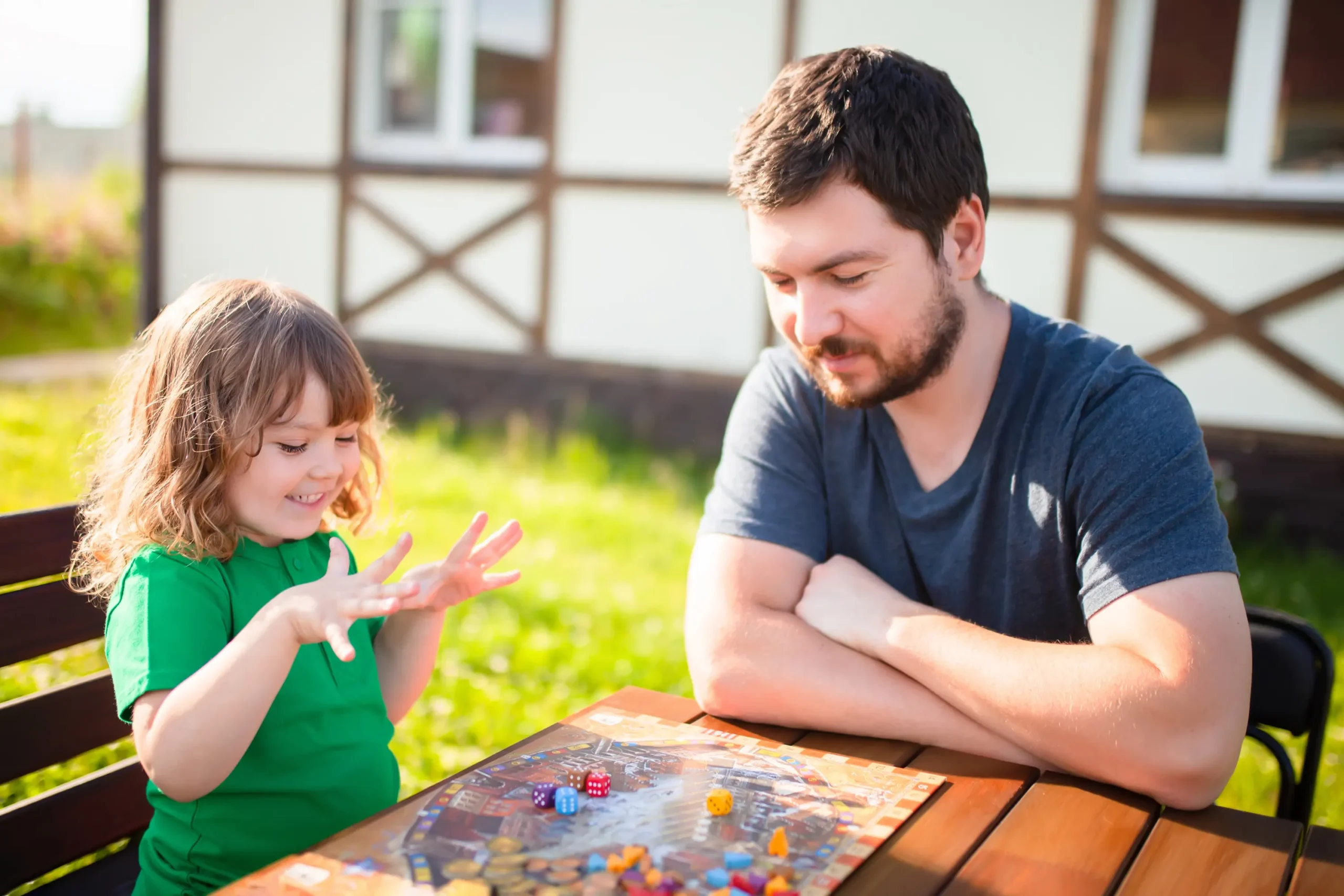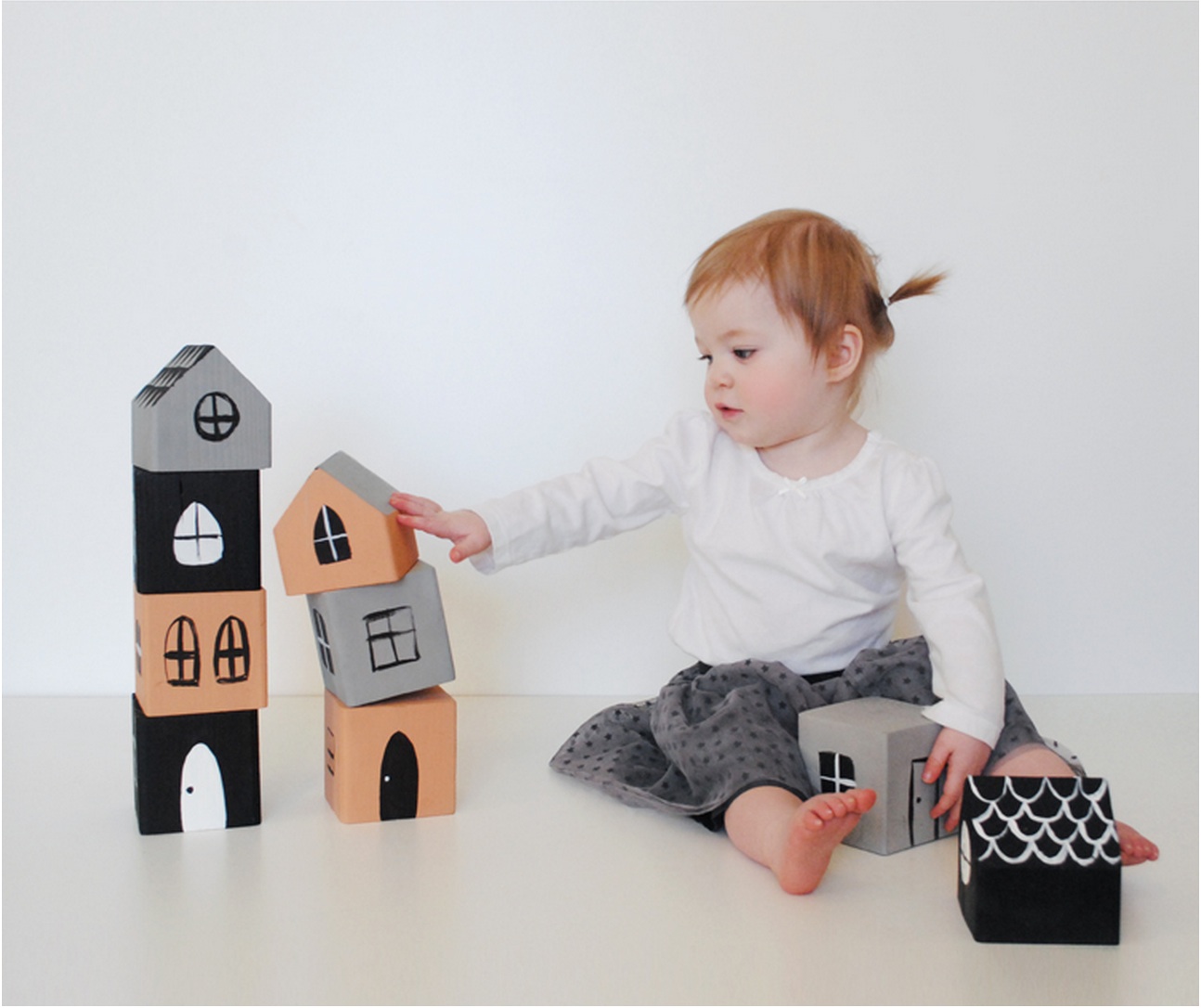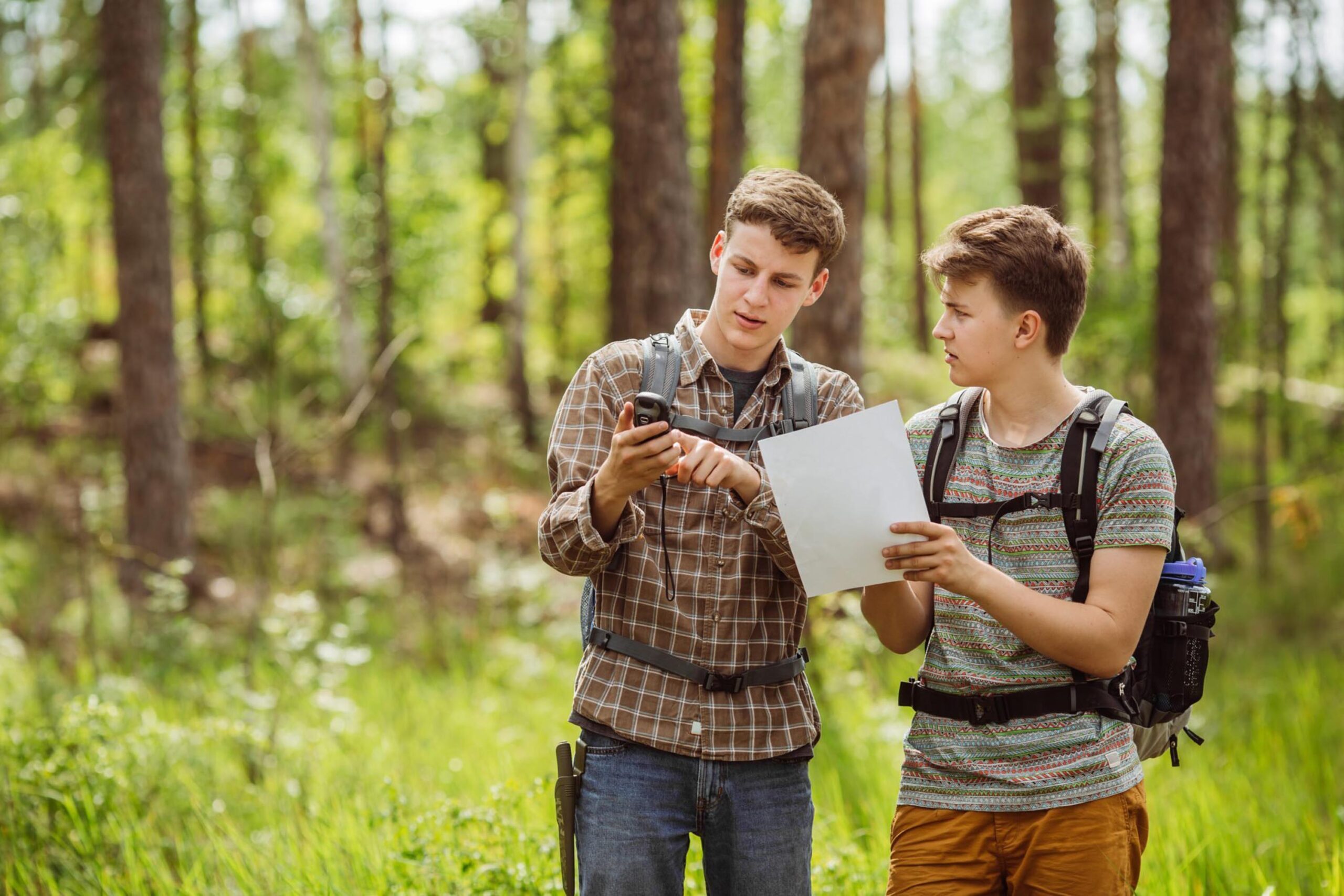
DIY Home Security Cameras: Dad’s Surveillance Solutions
Keeping your home safe is a common worry for many. One fact stands out: DIY home security systems are budget-friendly choices. This article will guide you on setting up your own system, focusing on surveillance cameras as the main defense line. Get ready to learn more!
Key Takeaways
- DIY home security systems allow you to pick and choose gadgets like motion detectors, smart locks, and surveillance cameras for a personalized setup. This approach saves money and meets specific needs.
- High-resolution cameras deter burglars by capturing clear footage. Options like the Ring Video Doorbell or Google Nest Cam offer night vision and work with other smart-home technology for comprehensive coverage.
- Floodlight cameras combine powerful illumination with motion detection technology to secure outdoor areas. The Arlo Pro 3 Floodlight Camera and the D-Link Outdoor Spotlight Camera are great options that provide bright light when activity is detected.
- Smart locks add another layer of security by allowing keyless entry controlled through smartphone apps. The August Wi-Fi Smart Lock integrates with voice commands, enhancing convenience without compromising safety.
- Setting up a DIY home security system involves considering camera quality, storage needs, durability, and how components like video doorbells interact with your other devices for an effective overall setup.
Building Your Own Home Security System
Creating your own home security system gives you the freedom to pick and choose devices that meet your specific needs. You can mix various types of gadgets like motion detectors, smart locks, and surveillance cameras to monitor activity inside and outside your home.
This approach is not only cost-effective but also allows for a more personalized setup. By focusing on key features such as image clarity, alert systems for movement and sound, local video storage options, and how well these devices play with other smart home gadgets, you ensure a robust defense against intruders.
Starting this project might seem complex at first glance. Yet, selecting top-rated equipment makes it manageable and ensures efficiency. For outdoor areas, consider installing floodlight camcorders that combine powerful illumination with motion sensing technology to deter unwelcome visitors.
Inside your house, affordable indoor camcorders like the Eufy Indoor Cam 2K Pan & Tilt P24 offer extensive coverage with their ability to pan and tilt. Linking these devices through a Wi-Fi network lets you control them remotely through smartphone apps or voice assistants like Amazon Alexa or Google Assistant, making it easier than ever to keep an eye on your property from anywhere in the world.
Starting with a Security Camera
When initiating a home security system, the first step is to install a reliable security camera. Its presence alone acts as a deterrent and provides valuable footage for surveillance purposes.
Importance of Security Cameras in Home Security
Security cameras play a critical role in home security. They serve as your eyes when you’re not around, providing live stream capabilities to monitor activity inside and outside the house.
These devices can deter burglars just by being visible. If someone does try to break in, high-resolution footage helps identify them. Cameras equipped with motion sensors send alerts to your mobile phone if they catch something unusual, making it easier for you to act swiftly.
Considering options like the Ring Video Doorbell or Google Nest Cam enhances this protection layer. These gadgets offer night vision and are compatible with other smart-home technology, ensuring comprehensive surveillance coverage.
With features such as cloud storage and video verification, these tools give you peace of mind knowing your home is monitored round the clock. Next up, learn about specific models that stand out in today’s market.
How to Choose the Best DIY Security System
When selecting the best DIY security system, consider factors such as camera quality, storage needs, and durability. Assess the functionality of various smart locks, video doorbells, and smart sensors to tailor your home security towards your specific needs.
Considering Camera Quality
When selecting a camera for your DIY security system, it’s important to prioritize resolution, motion and sound alerts, local storage capability, and compatibility with smart home devices.
These features ensure that you have clear video footage, timely notifications of any activity, secure storage of recordings, and seamless integration with other smart home gadgets.
The Eufy Indoor Cam 2K Pan & Tilt P24 and the Wyze Cam V3 are budget-friendly indoor camera options offering high-quality performance for monitoring the inside of your home.
Accounting for Storage Needs
When selecting a DIY security camera system, it is crucial to consider how it handles storage. Local storage is a key feature that allows footage to be stored on-site rather than relying solely on cloud storage.
This ensures that video recordings are accessible even if the internet connection goes down or if there are privacy concerns related to cloud storage.
Floodlight cameras not only provide powerful LED lamps and motion detection sensors for outdoor monitoring but also cater to storage needs through their local and/or cloud-based options.
Evaluating Durability and Brand Reputation
When choosing a DIY security system, it is crucial to evaluate the durability and brand reputation of the components you select. Look for cameras and sensors that are built to withstand various weather conditions and possible tampering.
Additionally, consider reputable brands with a proven track record for reliability and customer satisfaction.
It is important to note that by carefully considering durability and brand reputation, users can ensure that their security system will provide long-term protection for their home.
Conclusion
In conclusion, creating your own home security system using the best DIY surveillance solutions offers a budget-friendly and effective way to safeguard your home. Opting for top-rated security cameras, floodlight cameras, smart locks, video doorbells, and smart sensors can provide comprehensive coverage inside and outside of your home.
These devices not only improve security but also integrate seamlessly with other smart home gadgets for added convenience. With the right combination of DIY security components, you can take control of your home’s safety and enjoy peace of mind knowing that you’ve created a personalized and robust defense system against potential threats.
FAQs
1. How can I use my mobile phone to monitor my DIY home security cameras?
You can install android apps or use voice-controlled features on your mobile phones and tablets to watch live video streaming from your DIY home security cameras over a Wi-Fi connection.
2. Do DIY home security systems work with smart lighting and thermostats?
Yes, many DIY systems connect to the internet and can work with smart devices like Philips Hue for lighting, ecobee thermostats for temperature control, allowing you to manage them all through a central control panel or app.
3. Can false alarms be reduced in DIY home security systems?
To reduce false alarms from smoke detectors or intrusion alarms, ensure your system is updated with the latest firmware updates and consider integrating it with professional monitoring services that assess alerts before taking action.
4. What should I do if I’m worried about hackers accessing my DIY home security system?
Protect your system from hackers by regularly changing passwords, ensuring a secure Wi-Fi connection, updating device firmware promptly, and being cautious of email phishing attempts that target your network’s data privacy.
5. Are there any additional gadgets I might need for my DIY home surveillance setup?
For enhanced functionality, you might add extra components like SD cards for local storage on computers or laptops, ground fault circuit interrupter (GFCI) outlets for outdoor camera installation safety, and Bluetooth-enabled wearable technology for personal notifications.
6. How do privacy policies affect my use of DIY home security cameras?
It’s important to read the privacy policies of any devices you install since they explain how your data is used and protected against malicious threats such as distributed denial-of-service (DDoS) attacks; always opt for products committed to safeguarding user information.



